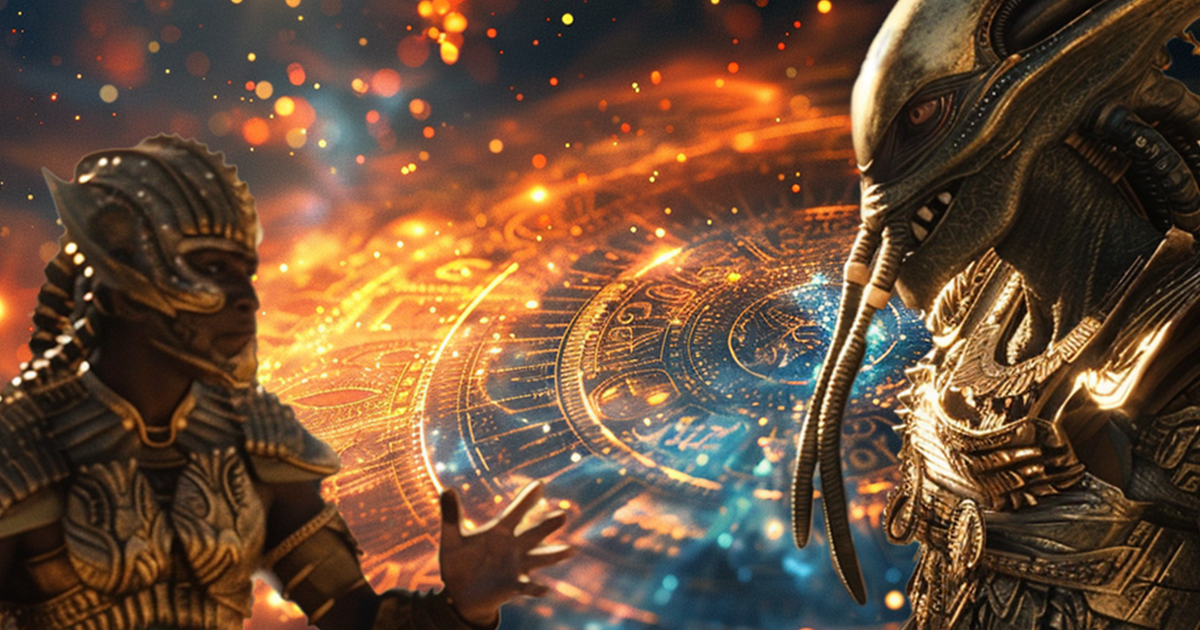Scholars remain captivated by the Long Count calendar, an ancient Mayan system that intrigues with its precision and recurring patterns. The calendar’s astonishing accuracy hints at a profound grasp of mathematics or, perhaps, guidance from beyond the stars.
The Mayans, known for their adeptness in astronomy and mathematics, devised the Long Count calendar to track the passage of time and cosmic cycles. Unlike modern calendars tied to solar or lunar patterns, this calendar operates on a sophisticated scheme of units that mark time’s flow in both linear and cyclical ways.
Noteworthy among the Long Count calendar’s features is its precision. Despite its creation millennia ago, it continues to accurately predict astronomical events like solar and lunar eclipses. Such precision suggests a deep understanding of mathematics and celestial motion.

Some researchers, however, propose alternative theories regarding the calendar’s precision. They speculate that the Mayans might have received wisdom or guidance from extraterrestrial sources, enabling them to craft such a sophisticated calendar.
The notion of extraterrestrial influence on ancient civilizations is not new. Similar ideas have emerged concerning various ancient cultures globally, suggesting that advanced entities could have influenced human history and culture.
Irrespective of the interpretations, the Long Count calendar represents a tribute to the Mayan civilization’s brilliance and intellect. Its accuracy and cyclical nature continue to captivate and motivate researchers today.
To conclude, the Long Count calendar stands as a significant milestone in the realms of mathematics and astronomy. Whether seen as a product of human brilliance or as a sign of extraterrestrial intervention, its enduring impact reminds us of the enigmas of the past and humanity’s limitless potential for achievement.
